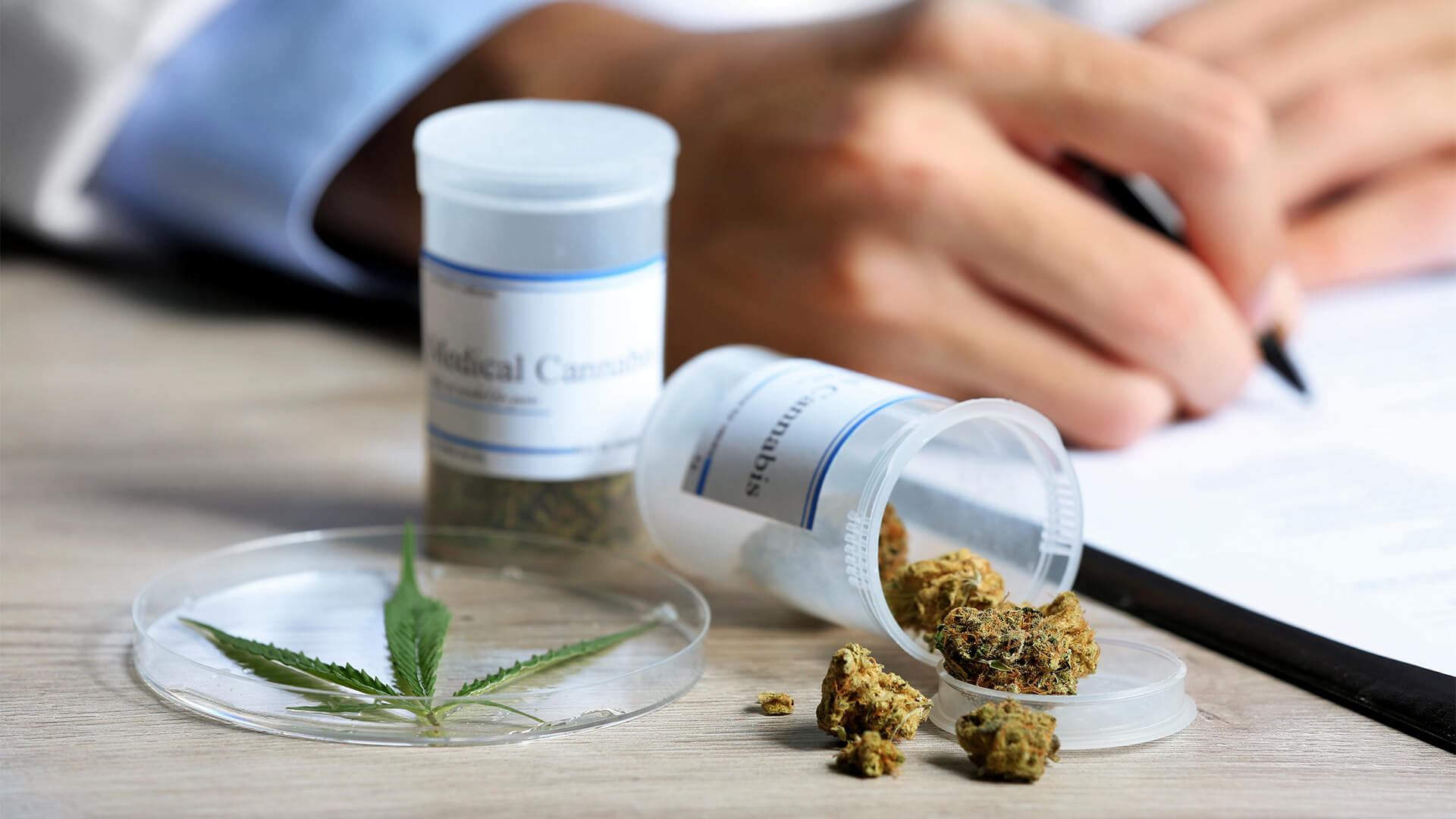
By Steve Brownett-Gale of pharmaceutical packaging company, Origin
Medicinal cannabis was first legalised in California in 1996. More recently, adoption has increased around the world as an alternative treatment for a range of health conditions including epilepsy, Parkinson’s disease, endometriosis and chronic pain.
And big pharma is taking note, betting heavily on its future value and potential. It is estimated the global medicinal cannabis market could be worth nearly $24bn by 2028.
However, barriers to expansion remain and the relationship between the ‘traditional’ and ‘novel’ ways of treating chronic health conditions continues to mature and evolve.
In this article, I explore the growing legitimacy of cannabis-based drugs, their co-existence and integration with big pharma, as well as global movements in attitudes and legislation.
How views, policies and access vary globally
Undoubtedly, the US boasts the largest medicinal cannabis market in the world.
However, the market has encountered unique challenges due to the ongoing legalisation of recreational cannabis in selected states. This has constrained the growth potential of the medicinal cannabis industry in some regions while simultaneously facilitating its expansion in others, complicating the global picture.
Shifting our focus across the Atlantic, the UK introduced legislation for medicinal cannabis use in 2018. But, despite the legal framework in place, a significant hurdle remains in the form of limited accessibility through the NHS.
This lack of accessibility has resulted in an alarming number of patients, exceeding a million, resorting to self-medicating with illicit cannabis products or paying significant sums of money to access medicinal cannabis through private clinics.
Comparatively, Dutch citizens have been able to access prescription cannabis since 2003, making the Netherlands the first country in the world to legalise this. By contrast, some countries continue to administer harsh punishments for all forms of cannabis use, including for medicinal purposes. Singapore, for example, issued stricter drug laws this year, meaning those in possession of any drug could face up to 30 years’ imprisonment.
Clearly, these disparities in views, policies and accessibility make for a complicated picture and mean it is difficult to anticipate the future evolution and size of the medicinal cannabis market.
What we can expect, however, is for the landscape not to remain stagnant. The evolving landscape of medicinal cannabis is set to be dynamic, with shifts in attitudes and regulations influencing its trajectory.
Big pharma’s growing stake in big cannabis
The prospect of legalising cannabis for recreational use presents a significant concern for traditional pharmaceutical companies. It could result in substantial stock market value losses since individuals may opt for self-medication using recreational cannabis rather than pharmaceutical products, costing big pharma billions in the long term.
The growth of the legitimate medicinal cannabis market was met with some resistance in its infancy, with big pharma viewing it as a risk or competitor. However, based on its promising growth and acceptance in recent years, the opportunities are clear.
Consequently, several global pharmaceutical giants are strategically investing in this emerging field by acquiring stakes in cannabis-focused companies.
One noteworthy example is the £5 billion acquisition of the UK-based cannabinoid therapeutic firm GW Pharmaceuticals by Jazz Pharmaceuticals in 2021. Pfizer also made a notable investment by acquiring Arena Pharmaceuticals, a company dedicated to developing cannabinoid-type therapeutics for stomach and intestine diseases.
The future value and potential of the medicinal cannabis market are substantial, from improved accessibility and extended treatment options for patients to providing pharmaceutical firms with a competitive advantage and lucrative new revenue opportunities.
The next steps forward
Despite progress in acceptance and adoption, pain points remain that risk holding back the medicinal cannabis industry and its integration with ‘traditional’ pharma.
To secure a competitive and prosperous future for both markets, comprehensive laws and guidelines are essential to move the industry forward. The new regulatory framework should offer precise and consistent guidelines for cultivating, processing and distributing medicinal cannabis products. Such regulations not only protect patients but also provide legal certainty for industry players and investors.
Large-scale controlled clinical research can also help establish the efficacy of cannabis-based treatments and gain the trust of healthcare professionals and regulators. Real-world evidence from patient experiences can complement clinical trials, providing insights into long-term outcomes and safety profiles.
Controlling the reproducibility of cannabis products is another critical aspect. Robust quality control measures, standardised cultivation practices and advanced extraction techniques are needed to address the variability of the cannabis plant, ensuring that patients receive reliable and predictable treatments.
Developing a fit-for-purpose supply chain is the final step to ensure a steady flow of medicinal cannabis products to patients who rely on them for relief and to meet the demands of the industry.
The landscape of medicinal cannabis is undergoing a dynamic transformation with immense growth potential and the integration of big pharmaceutical companies. While the journey has seen disparities in global views, policies, and accessibility, it is highly probable that the medicinal cannabis market will persist on its upward trajectory, offering valuable opportunities for both pharmaceutical companies and patients to harness.
















